Content
1. Importance of Solar Panel Cleaning Brushes
2. Types of Solar Panel Cleaning Brushes
3. Technological Advancements in Solar Panel Cleaning Brushes in 2024
4. Types of Solar Panel Cleaning Brushes
5. How to Choose the Right Cleaning Brush
6. Usage and Maintenance Tips
7. Market Outlook and Future Trends
Conclusion
FAQs
As the world transitions toward renewable energy, solar power continues to play a crucial role in reducing dependence on fossil fuels. Solar panels are a key component of this energy shift, converting sunlight into electricity efficiently. However, maintaining solar panel efficiency is directly tied to their cleanliness. Dust, dirt, bird droppings, and other debris can accumulate on the surface, reducing their effectiveness. This is where solar panel cleaning brush come in, providing an essential tool to keep solar panels functioning optimally. In this article, we explore the latest developments in solar panel cleaning brush in 2024, the various types available, and how to choose the right one.
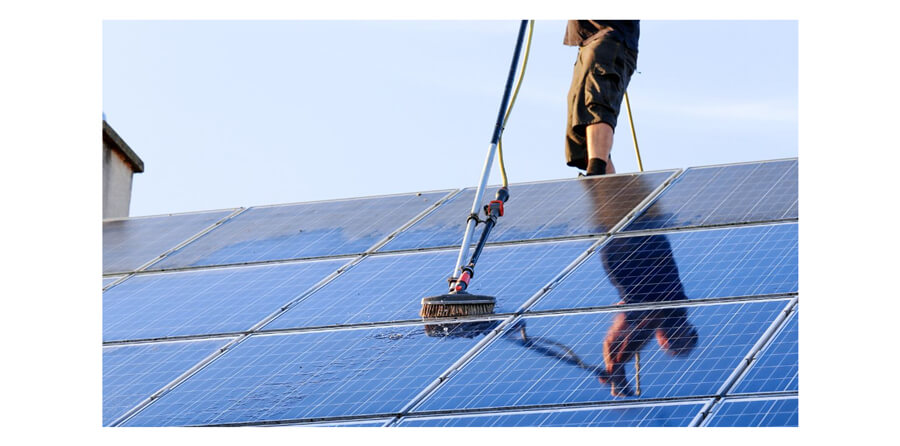
Solar panels are typically installed in open areas exposed to environmental elements. Over time, dust, leaves, bird droppings, and even pollution can build up on the surface of the panels. This buildup reduces the amount of sunlight reaching the solar cells, diminishing their energy output by as much as 20% in some cases. Regular cleaning is essential to ensure panels operate at peak efficiency. Solar panel cleaning brushes are designed to remove debris from the surface without damaging the delicate materials of the panels.
Different types of cleaning brushes are available on the market to cater to different needs, from residential to large-scale solar farms. The most common types include:
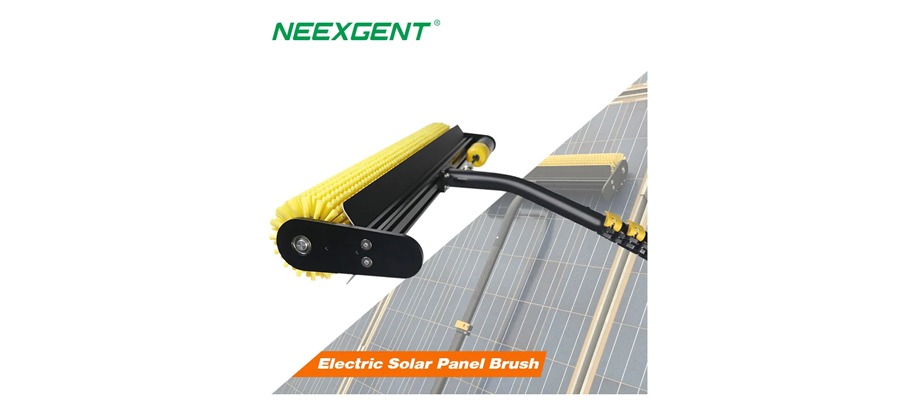
Manual brushes are often equipped with extendable poles, allowing users to reach and clean panels at different heights. These brushes are ideal for small residential solar panel systems, where users can manually scrub the surface.
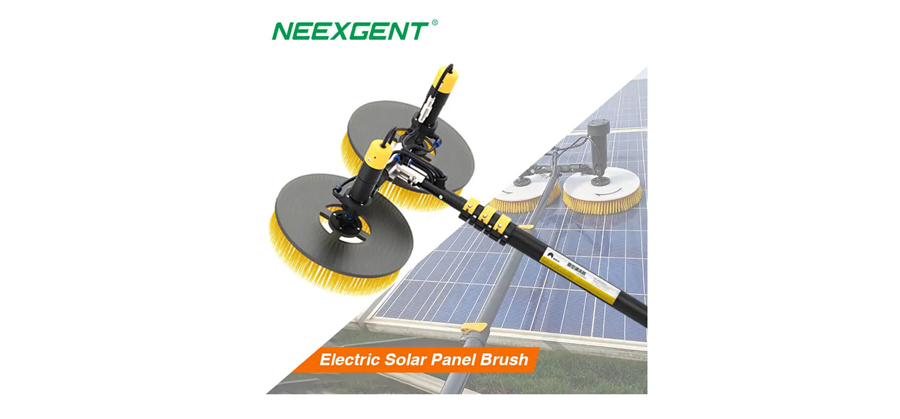
Electric brushes offer more power and efficiency for cleaning larger solar installations. These brushes often come with rotating heads that ensure a thorough cleaning, suitable for commercial setups where time and efficiency are critical.
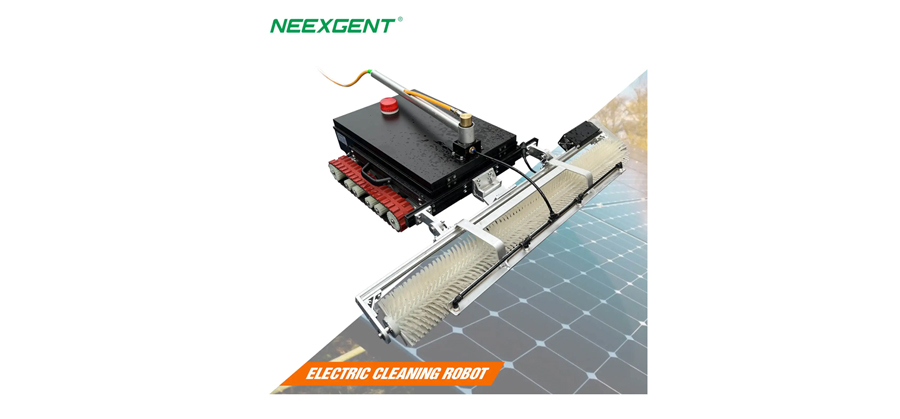
The latest innovation in solar panel cleaning is robotic brushes, which operate automatically. These machines use sensors to navigate the surface of the panels, cleaning them without requiring human intervention. Robotic brushes are highly effective for large solar farms or installations in remote locations.
In 2024, significant advancements in solar panel cleaning brush technology have emerged, focusing on efficiency, automation, and sustainability. Some key trends include:
Modern cleaning brushes are now made from lightweight yet durable materials, making them easier to handle and reducing the risk of damaging solar panels. Ultra-soft fibers and flexible polymers are commonly used to ensure a safe cleaning process.
Many 2024 cleaning brushes are integrated with smart technologies. Automatic cleaning systems are becoming more prevalent, equipped with sensors and smart algorithms that allow users to control and schedule cleanings remotely through apps or smart home systems. These systems can even adjust cleaning cycles based on local weather conditions and pollution levels.
As sustainability becomes more important, 2024 solar panel cleaning brushes often incorporate water-saving designs. Some brushes now include water recycling systems, minimizing water waste. Others employ dry cleaning techniques, reducing the need for chemical detergents.
The curve chart below illustrates the decline in solar panel efficiency over time when regular cleaning is not performed. It shows how dust and debris accumulation can significantly reduce energy output, highlighting the importance of using cleaning brushes to maintain panel efficiency.
The following table outlines the different types of solar panel cleaning brushes available, including their advantages and typical applications. The table uses alternating light gray and white rows for better readability.
| Brush Type |
Advantages |
Applications |
| Manual Cleaning Brushes |
Cost-effective, Simple to use |
Residential solar systems |
| Electric Cleaning Brushes |
Powerful, Efficient for large surfaces |
Commercial solar farms |
| Robotic Cleaning Brushes |
Automated, No human intervention required |
Large-scale installations, Remote locations |
Selecting the appropriate solar panel cleaning brush depends on various factors. Here's what to consider when making a decision:
The size of your solar system plays a significant role in determining which type of cleaning brush to choose. For larger solar installations, such as commercial solar farms, electric or robotic cleaning tools are more suitable as they can cover vast areas efficiently. For small-scale residential systems, manual brushes may suffice, offering a cost-effective and simple solution for maintaining panel cleanliness.
The cost of cleaning brushes varies significantly between manual, electric, and robotic models. Manual brushes are the most affordable option and are suitable for small installations. Electric brushes tend to be more expensive but provide greater efficiency, especially for larger systems. Robotic brushes, though the most expensive upfront, can save money in the long run by reducing the need for manual labor. It's important to compare the cost and benefits to choose the brush that best fits your financial situation.
Your geographic location and local climate can also influence your choice. If your solar panels are installed in a windy or dusty environment, or in an area prone to frequent dirt accumulation (e.g., near construction sites or agricultural areas), you may need to clean your panels more frequently. In such cases, choosing a water-saving, automated cleaning brush is advantageous, as these systems are more efficient and can minimize water usage while providing consistent cleaning results.
To ensure that your cleaning brush serves you well and extends the life of your solar panels, consider these usage and maintenance tips:
Periodically check the brush bristles for signs of wear and tear. Over time, bristles can become worn down or damaged, which might cause scratches on the surface of the solar panels. Replacing the brush head when necessary will ensure that the cleaning process remains safe and effective.
Avoid cleaning solar panels during extremely hot conditions. The heat can cause rapid drying of water on the panel’s surface, leading to streaks or thermal stress on the glass, which could result in cracking. It’s best to clean the panels early in the morning or late in the afternoon when temperatures are cooler.
The frequency of cleaning should depend on local environmental factors. In dusty or polluted areas, more frequent cleaning may be required. Conversely, in cleaner, low-dust environments, panels may only need to be cleaned a few times a year. Establishing a suitable cleaning schedule based on your region’s climate conditions and solar panel performance data will help optimize energy generation.
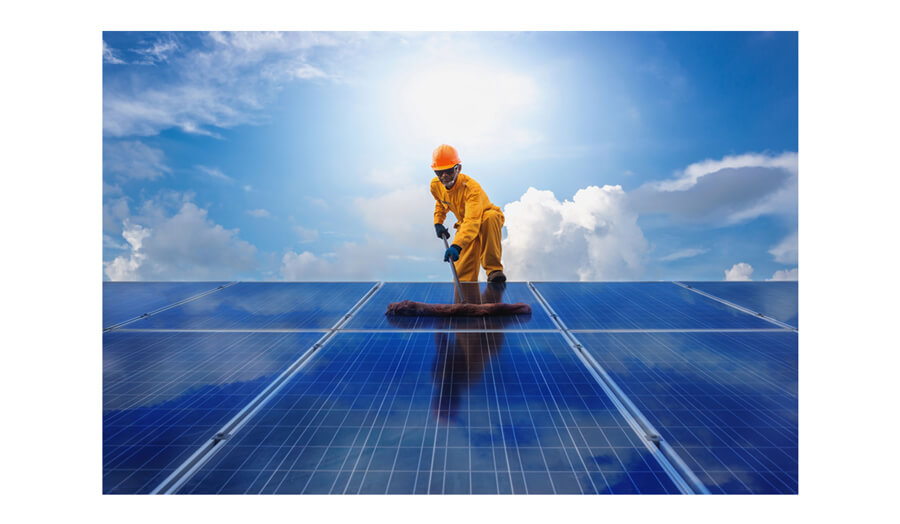
The solar panel cleaning brush market is expected to continue growing in 2024 and beyond, driven by the increasing global adoption of solar energy. With more solar panels being installed in both urban and rural settings, the demand for effective cleaning solutions will rise correspondingly.
As the number of solar installations increases worldwide, especially in emerging markets and areas with high levels of dust and pollution, the need for efficient and eco-friendly cleaning tools will become even more critical. Residential, commercial, and utility-scale solar projects will all require tailored solutions, leading to a diverse range of cleaning products designed for different applications.
In the future, technological advancements in solar panel cleaning are expected to focus on further improving automation and environmental sustainability. More sophisticated AI-powered cleaning robots could be developed to enhance the efficiency and precision of cleaning operations, especially for large-scale solar farms. Additionally, innovations in materials science may lead to the creation of brushes that are more durable, environmentally friendly, and capable of cleaning with minimal water or chemical use.
As solar energy continues to grow as a key player in the renewable energy sector, the role of solar panel cleaning technologies will only become more important. With advancements in smart, water-saving, and automated cleaning systems, the industry is set to move toward more efficient and sustainable maintenance solutions.
Maintaining clean solar panels is essential for maximizing energy efficiency, and in 2024, solar panel cleaning brushes have become indispensable tools for this task. With innovations in materials, automation, and eco-friendly designs, these brushes cater to various system sizes and environmental conditions.
For smaller residential systems, manual brushes are cost-effective, while electric and robotic brushes are ideal for larger installations, offering greater efficiency. Choosing the right brush depends on system size, budget, and location-specific factors. Regular maintenance and proper use ensure panels remain effective.
Looking ahead, the demand for smart, automated, and sustainable cleaning technologies will grow alongside the global expansion of solar energy, helping to ensure optimal panel performance and a greener future.










